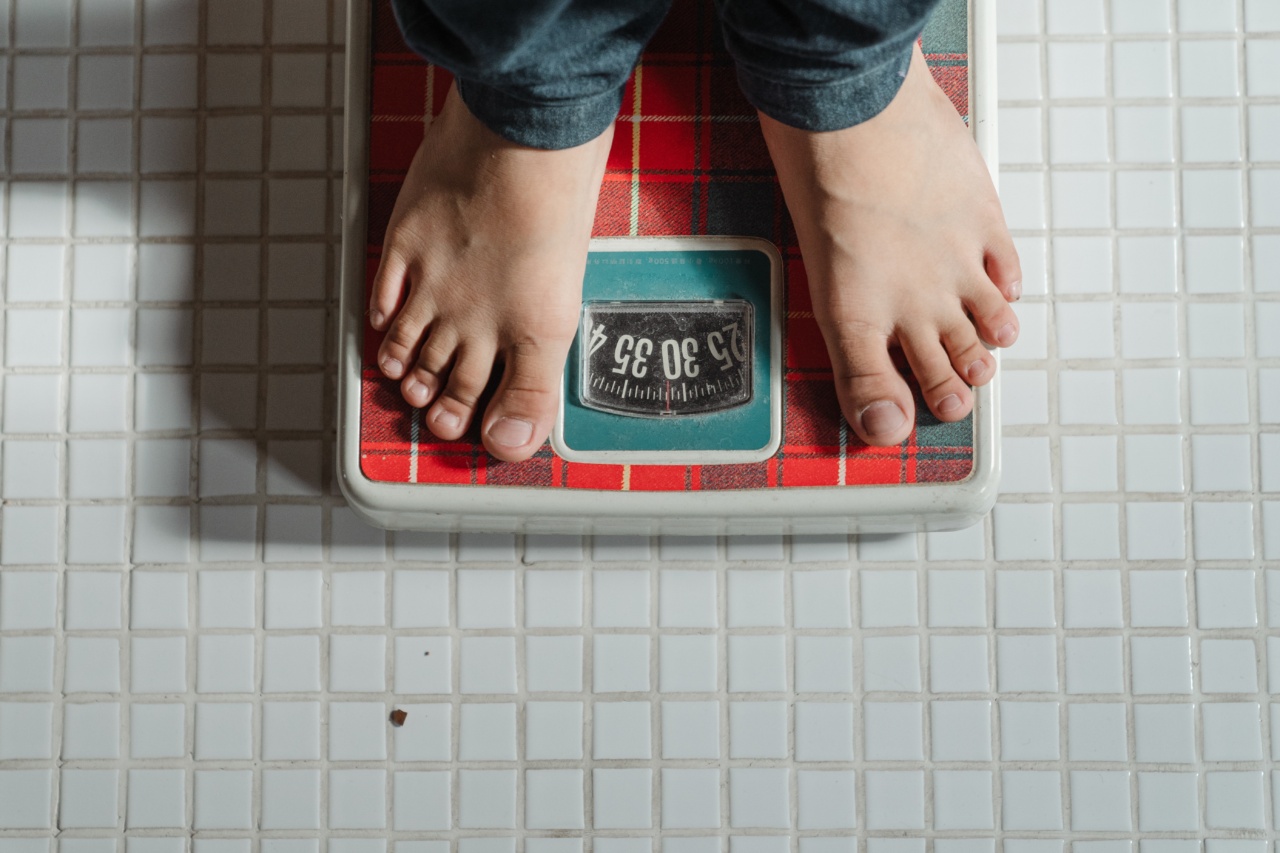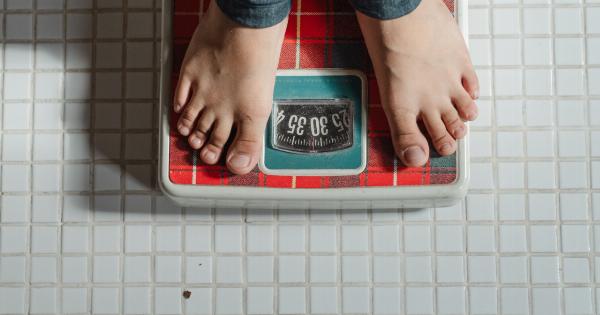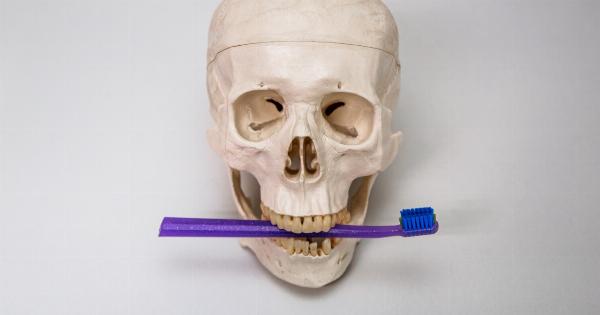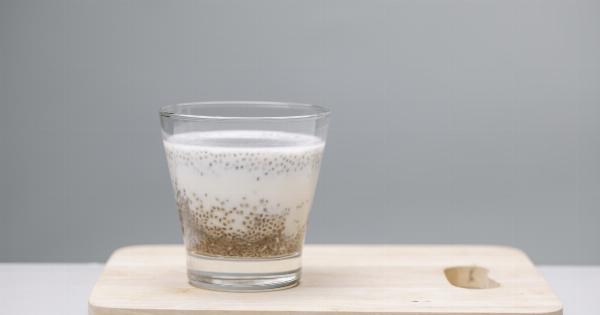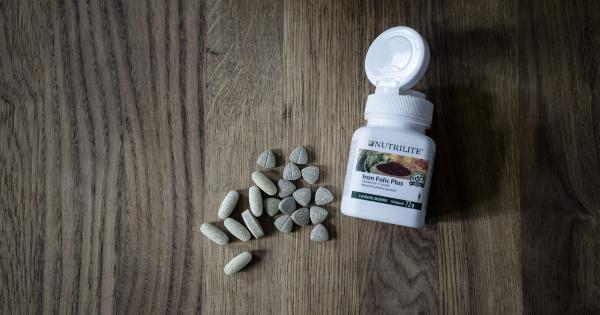Bone mass measurement, also known as bone density testing, is a diagnostic procedure used to evaluate the strength and mineral content of a person’s bones.
It is primarily recommended for individuals at high risk of developing osteoporosis or those who have already been diagnosed with the condition. However, the question remains: is a bone mass measurement necessary for everyone?.
Understanding Bone Mass Measurement
Bone mass measurement is typically performed through a dual-energy X-ray absorptiometry (DXA) scan, which is a painless and non-invasive procedure.
DXA measures the amount of X-ray energy that passes through the bones, providing an estimation of their density and strength. The test results are usually expressed as a T-score, which compares an individual’s bone density to that of a healthy young adult of the same sex.
Risk Factors for Osteoporosis
Osteoporosis is a condition characterized by weakened bones, making them more prone to fractures. While bone mass measurement is not necessary for everyone, certain risk factors increase the likelihood of developing osteoporosis.
These risk factors include:.
- Advanced age, particularly postmenopausal women
- Family history of osteoporosis
- Being female
- Low body weight or BMI
- Smoking
- Excessive alcohol consumption
- Long-term use of corticosteroid medications
- Lack of physical activity
When Bone Mass Measurement is Recommended?
Based on the risk factors mentioned above, bone mass measurement is typically recommended for individuals who fall into high-risk categories. These may include:.
- Postmenopausal women
- Men over the age of 70
- Individuals with a history of fracture after minimal trauma
- Those with chronic conditions affecting bone health, such as rheumatoid arthritis
- Individuals with a family history of osteoporosis
Additionally, bone mass measurement may be considered in certain situations, such as:.
- Individuals considering or receiving long-term hormone therapy
- Patients with a history of using medications that can weaken bones
- Individuals with conditions that can cause bone loss, such as hyperthyroidism
The Benefits of Early Detection
While bone mass measurement may not be necessary for everyone, it plays a crucial role in the early detection of osteoporosis and the prevention of future complications.
Detecting low bone density at an early stage allows healthcare professionals to implement preventive measures, such as lifestyle modifications and prescribed medications, to reduce the risk of fractures.
Furthermore, bone mass measurement can help individuals make informed decisions about their bone health and take proactive steps to prevent further bone loss or fracture.
It provides a baseline measurement that can be used for comparison in future tests, allowing for the monitoring of bone density changes over time.
The Limitations of Bone Mass Measurement
While bone mass measurement is a valuable tool in assessing bone health, it is not without limitations.
The test primarily focuses on bone density and does not account for other factors that may contribute to fracture risk, such as bone quality and architecture. Additionally, the results of bone mass measurement should be interpreted in conjunction with an individual’s clinical profile and risk factors, rather than rely solely on the T-score.
Other Methods of Assessing Bone Health
Although bone mass measurement is the current gold standard for evaluating bone density, other methods can aid in assessing bone health. These include:.
- Clinical evaluation and assessment of risk factors
- Biochemical markers indicating bone turnover
- Fracture risk assessment tools, such as the Fracture Risk Assessment Tool (FRAX)
- Magnetic Resonance Imaging (MRI)
- Peripheral Bone Densitometry
Conclusion
In conclusion, bone mass measurement is not necessary for everyone. It is primarily recommended for individuals at high risk of developing osteoporosis or those who have already been diagnosed with the condition.
Risk factors such as advanced age, family history, and chronic conditions affecting bone health should be taken into account when determining the necessity of bone mass measurement. Early detection of low bone density through bone mass measurement can lead to timely interventions and reduce the risk of fractures.
However, the limitations of the test and the need for a comprehensive assessment should be considered alongside the results.
